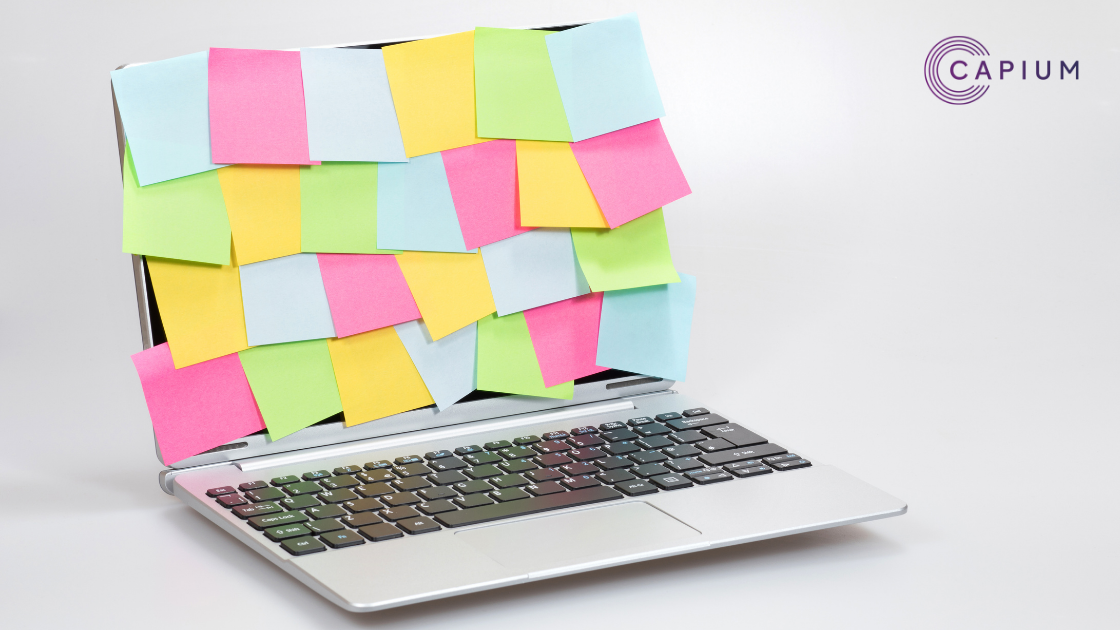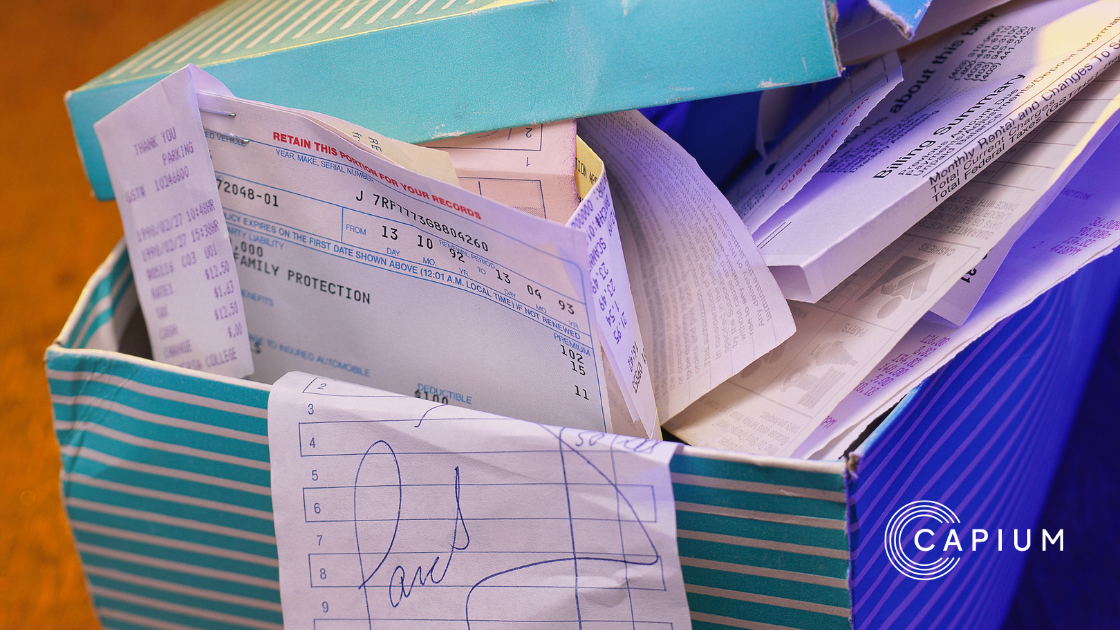Making Tax Digital for income tax and Self Assessment (MTD for ITSA) might have been delayed until April 2024 at the very earliest, but that doesn’t make knowing how to prepare for it any less important.
The implications for accountants and clients is huge, with lots of you suddenly having to prepare multiple tax reports each year with little room for interpretation and accurate digital reporting.
The Government gave us and all our clients an extra year to prepare in an attempt to help businesses get their finances under a bit more control after the worst of the pandemic, before they got laboured with new statutory requirements.
Nevertheless, businesses should be getting ready as soon as possible. After all, the flagship policy to digitise the UK tax system – MTD – promises to save time and money.
So, as accountants, you need to make sure that our clients are aware of the changes and have an understanding of what they need to do.
It’s also doubtful that many know about it, given how a shocking 82% of small businesses don’t know even about the April 2022 MTD for VAT extension, according to a Quickbooks study published in March.
So, here’s what you need to know and how you can get your clients ready.
Who MTD for ITSA will effect
Most self-employed taxpayers with business and/or property income above £10,000 a year will have to abide by the new rules dictated by MTD for ITSA – general partnerships are excluded, at least for now.
Under the new system, unincorporated businesses will have to file quarterly returns on or by every 5 August, November, February and May.
They will also have to file an annual end-of-period statement on or before 31 January after the tax year they’re filing for.
From 6 April 2025, most unincorporated business partnerships that have business or property income will also have to join MTD for ITSA.
When all partnerships, including limited liability partnerships, will have to join has been delayed.
Accounting software
As you know, businesses will have to use MTD-recognised software to stay compliant with their new obligations.
These include the most popular cloud accounting systems, such as Xero, Quickbooks and Sage, which you yourself may already use to help your clients with their accounting.
Accounting software isn’t just about keeping compliant with MTD, but about all those other practical things it can do for businesses.
But HMRC has a long list of other pieces of software that are suitable, just in case you have a client with extremely specific requirements and needs.
This is one of the reasons why your clients could really benefit from preparing for MTD for ITSA right now, as those who embrace cloud accounting have all the information they need on their dashboard to make only the smartest of business decisions.
If you’re struggling to explain the advantages of preparing for MTD for ITSA as soon as possible, try explaining the wider benefits cloud accounting offers.
You could also encourage them to join the MTD for ITSA pilot scheme to get ahead of the curve – they’re going to have to get used to it at some point, so it’s a good idea to help them get ahead of their competition.
What else you need to be aware of
Most VAT-registered businesses with a taxable turnover above the VAT-registration threshold (£85,000) will be familiar with MTD, having been on MTD for VAT since 2019.
From 6 April 2022, MTD for VAT will be expanded to include all VAT-registered businesses – which, as we mentioned earlier, a worrying number of businesses seem to be unprepared for.
Then there will be MTD for ITSA, after which will be MTD for corporation tax, which will start in 2026 at the very earliest, with a pilot scheme beginning in 2024.
Talk to us about MTD for ITSA and learn how to use MTD to become a connected practice.








